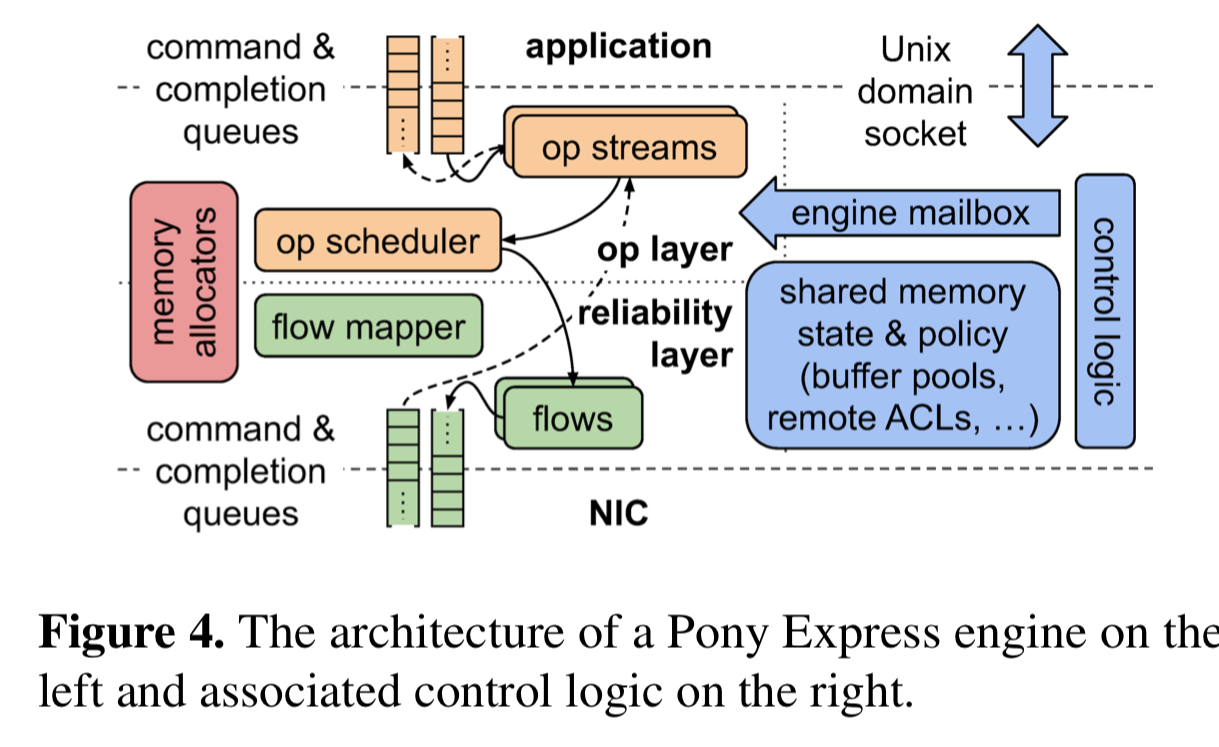I have been an avid runner for nearly 2 decades and while I’ll run anywhere, trails are my M.O. They’re more challenging, more scenic, and more fun. Plus, the softer terrain is better on joints and muscles and helps me stay injury-free, so they’re a win-win in my book.
Originally from California, I relocated to Oahu, Hawaii, a year ago and have found the trail runs here to be much more challenging. The trails are steeper, muddier, and there are a lot more obstacles, making it difficult to avoid slips and spills.
In California, I had no issues wearing my road shoes on the trails but in Hawaii, I’ve been slipping all over the place. My trail running friends are constantly raving about Altra and finally, I’ve decided to give them a try.
Altra Timp 4 Review
When it comes to trail running shoes, Altra has lots of options. After reading through the descriptions and reviews, I decided the Timp 4 looked like the best fit for me. As someone who has a history of injuries, I like that they offer more cushion and support than some options, while still providing plenty of grip.
The launched-this-spring Timp 4 features Altra’s signature FootShape, which provides more space for your feet to sit naturally, and it addresses biological differences in men’s and women’s feet.
Altra designed the EGO Max midsole foam to be lightweight and durable, while adding a little extra bounce. The Balanced Cushioning platform positions the heel and forefoot equidistant from the ground to encourage better alignment and better form. And the MaxTrac outsole is designed to provide the ultimate combinations of grip, traction, and durability across all types of terrain.
Altra Timp 4 Specs
- Materials: Mesh upper, Altra EGO MAX midsole, MaxTrac outsole
- Stack height: 29 mm
- Available sizes: 5.5-12 (women’s), 7-15 (men’s)
- Weight: 9.2 oz. / 262 g
- Price: $160
My Experience Testing the Timp 4

There’s a lot to love about Altra’s Timp 4. It should perform well on any ground, trail, or terrain — and it did. It was nice to be able to rely on one shoe for any run I might throw at it.
A lot of my runs involve a mix of road and trail, and the Timp 4 performed well on both. The Timp 4 provides plenty of grip, allowing me to focus on my run instead of trying not to fall.
Like most of Altra’s shoes, the Timp 4 has a little extra room in the toebox, which allows you to spread out your toes and get a little better grip on trickier sections of the trail. Additionally, thanks to the Balanced Cushioning, the shoes have little to no drop in the heel, which means your foot sits flat rather than sloping downward from heel to toe, like most shoes.
Although the design took some getting used to, it helped force me to stay up on my toes rather than heel strike, which I think will ultimately improve my running form. If you’re someone like me who has never run in this style of shoe before, I’d suggest starting at low mileage and building up to ensure that you don’t put too much strain on your calves.
The Timp 4 is also incredibly lightweight and comfortable, which was not only nice for running but also for packing and traveling as well. The only snafu in regard to comfort is that the tongue is a little long, but if you wear high socks it isn’t an issue. I regularly run in wet and muddy conditions, so I really enjoy the drainage holes working to keep my feet dry.
Conclusion
All in all, the Timp 4 is an amazing trail running shoe. As someone who has a narrow foot, I might be better off with a slim fit option but overall, the fit was pretty good.
I was a big fan of the cushion and grip, and I’m confident that these shoes will keep my feet comfortable and supported —even on the longest of runs.
Check Women’s Price at REICheck Men’s Price at REI
The post Is This the Ultimate Road to Trail Shoe? Altra Timp 4 Review appeared first on GearJunkie.









 If you went to high school in the '90s, you almost definitely saw someone cover Rage Against The Machine's 1996 monster-banger "Bulls On Parade" at least once. Maybe you covered the song yourself. We couldn't help that shit. "Bulls On Parade" was in the air, and even if you had no idea what a five-sided …
If you went to high school in the '90s, you almost definitely saw someone cover Rage Against The Machine's 1996 monster-banger "Bulls On Parade" at least once. Maybe you covered the song yourself. We couldn't help that shit. "Bulls On Parade" was in the air, and even if you had no idea what a five-sided …